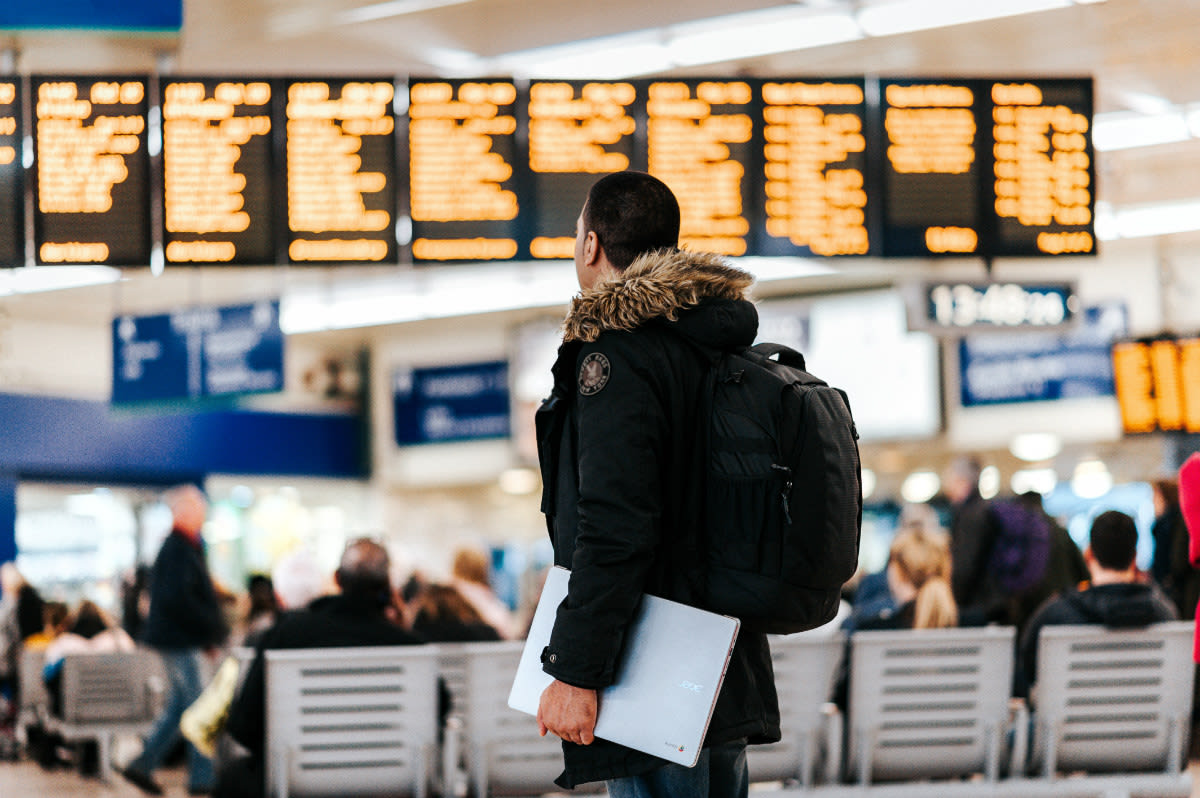Uncertainty, Work Entitlements and Bridging Visa Holders
As of March 2018, close to 195,000 bridging visa holders are calling Australia home. This number is up by almost 90,000 since 2014 making it one of the fastest growing groups of temporary visa holders in the last 5 years.

There are 9 different bridging visa types. From the perspective of an Australian employer, the most commonly encountered are Bridging Visas A, C, D and E.
As opposed to common working visas like the 457, 482 or student visa subclasses, each individual bridging visa can have different work rights requirements, and most have no fixed expiry date. This makes hiring and maintaining legal compliance a nightmare when it comes to bridging visa holders.
Variety and Uncertainty
The huge variety of bridging visa subclasses often creates confusion among Australian employers, they are most commonly issued while an applicant is waiting for a decision from the Department of Home Affairs on their main visa application.
Depending on the main visa application, certain Bridging Visa A holders will automatically have work rights, while some will be subjected to work limitation conditions. Bridging Visa C and E holders will not usually hold work rights, except in circumstances of financial hardship and Bridging Visa D holders categorically have no work rights.
To add to the uncertainty, Bridging Visas are generally valid for 28 days after a decision is made on the main visa application, however, decision times vary wildly. Projected processing times from the Department of Home Affairs illustrate that an individual Bridging Visas can be valid from anywhere between 28 days and a number of years. This gives little piece of mind when attempting to hire an employee for the long term, and places similar stresses on employees, who are unsure if their visa will allow them to continue their stay.
Ensuring Compliance When Employing Bridging Visa Holders
Visa decision results from The Department can be completely unexpected. The only real way to remain certain of the work rights of all Bridging Visa Holder is to conduct regular VEVO checks (we recommend once per month). From a compliance perspective, this responsibility cannot be outsourced to a labour hire firm, recruitment company or to the visa holders themselves. Consistent checking is the only protection from large fines and damaging media exposure.
For businesses with a large volume of visa-holding employees, automating ongoing VEVO checks using the Checkworkrights Passport Scanning App or integration through our API can save HR Management staff valuable time. Try Checkworkrights for free on either App store or contact us today for information on enterprise integration with our API.


